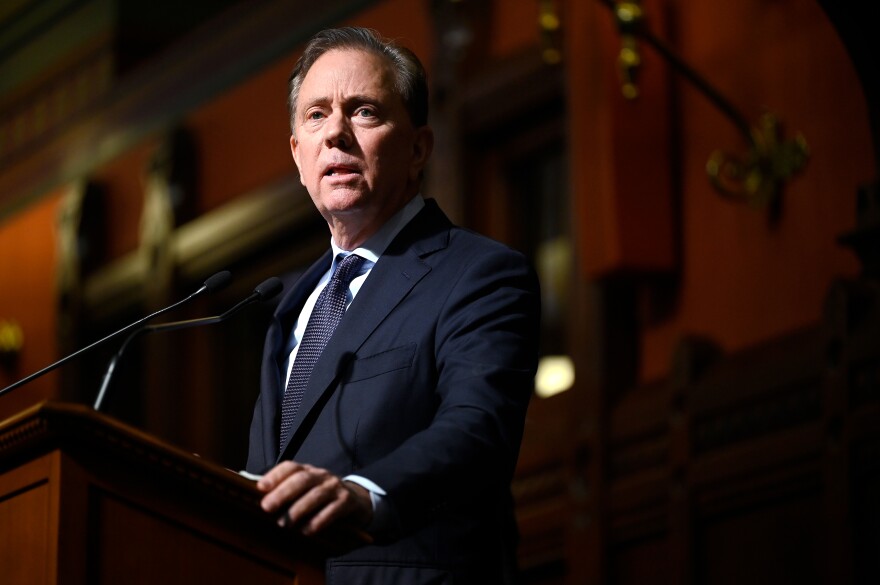Connecticut Gov. Ned Lamont unveiled his two-year taxing and spending plan Wednesday – including the state's first personal income tax rate reduction since 1996.
The proposed rate changes are predicted to benefit about 1.1 million of the state's 1.7 million tax filers, according to the Democrat.
Lamont addressed members of the General Assembly shortly after noon.
“Today, I am formally proposing that for the first time in nearly 30 years, we cut the personal income tax for working families and the middle class,” Lamont said. “My primary focus for the next two years and beyond will be economic growth and inclusive opportunity,” he said, noting the state is in better fiscal shape compared to when he first took office four years ago and can now afford to reduce tax rates.
Lamont estimates that some joint tax filers could save almost $600 and some single filers could save nearly $300, depending on their adjusted gross incomes.
The proposal would lower some tax rates and make the earned income tax credit more generous for low-income working families.
“Increasing this tax credit is one of the most impactful things we can do to target direct relief to more than 200,000 low-income workers who are struggling to provide for their families,” Lamont said. “Ninety-seven percent of EITC funding goes to families with children.”
Lamont also wants to expand a tax break for business owners called the pass-through entity tax credit and hopes to use $20 million in federal pandemic funding to hire a nonprofit organization that cancels people's medical debt. And his office highlighted his plans to spend $2.5 million on community-based crime reduction efforts.
The governor also called on lawmakers to provide funding to make school lunches free for all students in Connecticut for the rest of the school year.
“You will have the chance to vote to provide students another important reason to come to school – universal free lunch for the rest of this academic year,” he said. “That means better-performing students and one less expense for middle-class families to worry about while inflation is still high.”
The state ended the last fiscal year in June with a $1.3 billion budget surplus. State government's financial situation has improved in recent years, thanks to increasing tax revenue from the stock market, and federal pandemic funding.
The governor's budget plan next goes to the General Assembly, which is controlled by Lamont's fellow Democrats. But some lawmakers have their own ideas about how to use the state’s surplus.
The top Republican on the General Assembly finance committee is offering qualified support for the governor's income tax cut plan, which was announced Monday. East Lyme Rep. Holly Cheeseman said the Democratic governor seems to have adopted the Republican idea of cutting taxes. She said she wished the tax cuts could start sooner than 2024.
House Republican Minority Leader Vincent Candelora said he was pretty pleased with the governor’s tax cut proposals.
During his remarks, Lamont addressed fellow Democrats who want more spending on social services and Republicans who favor bigger tax cuts.
“For those of you, over here, who may want additional spending, or over here, who may want a much bigger tax cut, fine. But, tell me how you want to pay for it,” Lamont said.
This story has been updated. This story contains information from the Associated Press.


